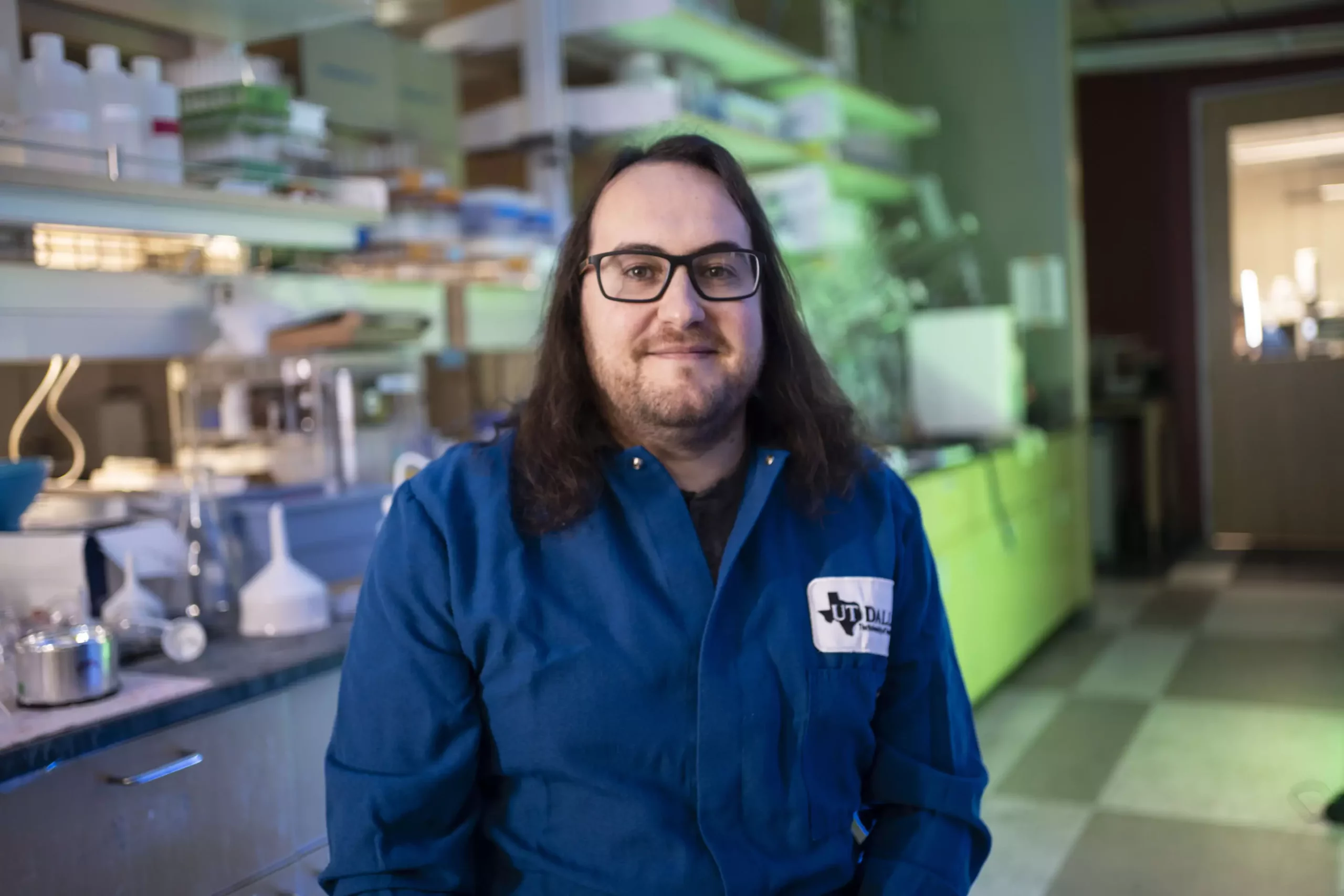The world of chemistry is filled with complex structures and interactions, but few concepts are as critical in medicinal chemistry as the presence of enantiomers. These mirror-image molecules may appear identical in terms of their chemical composition, but they can exhibit drastically different biological effects when introduced to the human body. For instance, while one enantiomer of a particular drug may alleviate symptoms of a disease, its mirror counterpart could potentially cause adverse effects. Recent advancements at the University of Texas at Dallas promise to tackle this long-standing issue. By developing new techniques to selectively synthesize either the left-handed or right-handed enantiomers of organic compounds, researchers are poised to enhance drug efficacy and safety.
The research team at UT Dallas has pioneered a novel chemical reaction that facilitates the production of pure enantiomers more efficiently than traditional methods. Published in the journal Science, the study outlines a synthesis process that requires only one step involving the addition of prenyl groups—a unique set of five carbon atoms—to a specific class of organic compounds known as enones. The ease and speed of this synthesis process—achieving completion in just approximately 15 minutes at room temperature—represents a paradigm shift for researchers in the field. Many conventional methods often require extensive heating or cooling, thereby consuming significant amounts of energy and time.
Dr. Filippo Romiti, a key figure in this research, articulates the aspiration to replicate the efficiency found in nature’s own synthetic pathways. “We aim to leverage natural processes to create pathways that are not only effective but also sustainable,” he states. This methodological innovation allows for a more streamlined approach to drug development, potentially reducing costs and expediting the time taken to bring new medicines to market.
Despite the vast repository of natural compounds – often a source of new established medicines – the challenges surrounding their synthesis persist. Many naturally occurring molecules exist in minuscule quantities, making laboratory synthesis essential for practical application. The novel enantiomer-specific synthesis method is particularly important for polycyclic polyprenylated acylphloroglucinols (PPAPs), a family of over 400 natural compounds known for their diverse biological activities, including anti-cancer and anti-inflammatory properties.
The collaborative effort across institutions, including Boston College, the University of Pittsburgh, and the University of Strasbourg, showcases the interdisciplinary nature of modern scientific endeavors. Romiti’s substantial contribution involved formulating a robust synthesis process that could scale effectively for research applicability.
One of the most compelling aspects of this research is its potential impact on cancer therapies. As a practical application of their findings, the researchers synthesized enantiomers of several PPAPs, targeting nemorosonol—a compound with documented antimicrobial properties derived from a tree found in Brazil. However, the crux of the research lies in determining which specific enantiomer carries the therapeutic potency. With the ability to produce pure samples, researchers can delve deeper into the relationship between structure and biological function.
“The discovery of which enantiomer is responsible for the antimicrobial activity is critical,” Romiti emphasizes. “We can only speculate on its effects without the ability to isolate the compounds effectively.” Their initial findings indicate that the synthesized nemorosonol enantiomer demonstrated significant activity against both lung and breast cancer cells, further underscoring the importance of purifying enantiomers to identify their potential roles in therapy.
While the implications of this research are profound, Romiti identifies that further investigations are vital. The journey of confirming the specific effects of each enantiomer will require rigorous testing and a meticulous approach to the synthesis of additional natural products. The researchers are optimistic that their newfound synthesis method can be adapted for other classes of natural products, heralding a new age of medicinal chemistry and drug development.
“We now possess a tool that empowers chemists and biologists alike to explore a plethora of new drug leads and optimize their biological activities,” Romiti concludes. This work not only opens the door to the development of safer and more effective medications but also highlights the importance of innovative approaches in understanding nature’s complex mechanisms, emphasizing that scientific progress is equally about understanding and replicating nature’s wisdom as it is about technological advancement.
Ultimately, the evolution of enantiomer synthesis marks an exciting chapter in medicinal chemistry, promising to create a pathway leading towards more precise and effective therapeutic interventions.


Leave a Reply